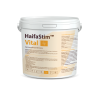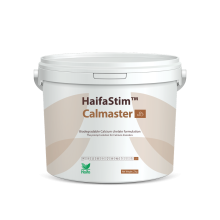Renewable energy sources in production
Video file
INNOVATION
Pioneering the Future
COMPASSion
It’s all about Being Human
IMPACT
Sustainability Through Precision
INNOVATION
Pioneering the Future
COMPASSion
It’s all about Being Human
IMPACT
Sustainability Through Precision
INNOVATION
Pioneering the Future
prev
next
Choose your interest
Crop
Growing method
Products
prev
next
prev
next
OUR PRODUCTS
prev
next
HAIFA BLOG
NEWS & EVENTS
SUCCESS STORIES
prev
next


























































